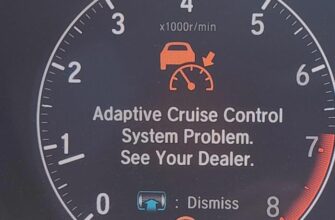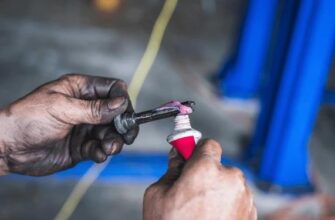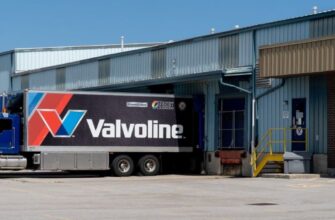Having car trouble is always an inconvenience, but not being able to start your Chevy Cruze due to the theft deterrent system can be a hugely frustrating experience. This comprehensive guide will walk you through troubleshooting and resetting the system to get your vehicle back up and running.
What is the Theft Deterrent System on the Chevy Cruze?
The theft deterrent system on the Chevy Cruze is designed to prevent unauthorized starting of the engine. It utilizes an ignition immobilizer as well as additional sensors to detect break-ins or tampering.
The immobilizer prevents the engine from starting unless the correct key fob or key with the proper electronic code is used. This prevents hot-wiring or tampering with the ignition.
Additional door, hood, and trunk sensors detect if there is any forced entry or tampering. These will trigger the alarm system and also prevent the engine from starting.
Common Reasons the Theft Deterrent Prevents Starting
There are a few common triggers that can cause the theft deterrent system to activate and prevent the engine from starting or even turning over:
- Lost or damaged key fob – If the key fob is lost, broken, or damaged where it can no longer communicate properly with the vehicle, the immobilizer will kick in.
- Replaced battery – When the battery is disconnected and replaced, it causes issues with the theft system until it is reset and relearned.
- Dead key fob battery – If the battery in the key fob dies, it will no longer transmit the proper code to deactivate the immobilizer.
- Electrical faults – Shorts or faults in the wiring related to the theft deterrent sensors can erroneously trigger the system.
In any of these situations, the security light will flash rapidly and the engine will refuse to start, or may not even crank at all.
Diagnosing Chevy Cruze Theft Deterrent No Start Issues
Diagnosing the exact cause requires checking a few key things:
- Security light – If the security light is flashing rapidly with the ignition on, it indicates the system is activated.
- Diagnostic codes – Retrieve any theft deterrent related DTCs that may point to specific sensor faults. Common ones include B2960, B3055, B3060, B3065, or B3935.
- Key fob – Try a spare key fob if available. Check the battery and try replacing it. Look for any physical damage. Test buttons to ensure it works.
- Ignition cylinder – Make sure there is no debris, damage, or excessive wear. Insert key fully and try wiggling in different positions.
- Electrical faults – Check for shorts in related wiring harnesses. Door lock and hood latch sensors are common culprits.
By methodically checking these items, you can zero in on what is triggering the system and prevent starting.

How to Reset the Chevy Cruze Theft Deterrent System
There are a few methods that can be used to reset the system and regain the ability to start the engine:
- Key fob reprogramming – This is done at the dealership or with an aftermarket scan tool. It syncs your key fob back up with the theft deterrent system.
- Battery replacement/relearn – When replacing the battery, you must let the vehicle sit for 15 minutes after reconnecting to allow systems to reset before relearning the key fob.
- Ignition cylinder relearn – Turn the key from Lock to Run at least 3-4 times within 10 seconds. This may re-sync the key code.
- ECU reset – Disconnecting the ECU power for 30+ minutes will force a reset and reboot of the theft deterrent system.
Note: With most resets, you will need to re-program or re-learn your key fobs afterwards using proper procedures.
Preventing Future Theft Deterrent Lockouts
To avoid getting locked out by the Chevy Cruze theft system repeatedly, be vigilant about:
- Inserting fob fully into the ignition cylinder when starting. Don’t leave it sitting adjacent in the tray.
- Replacing the key fob battery at least every 1-2 years before it dies.
- Addressing any electrical issues that may be erroneously triggering the sensors.
- Having a spare programmed key fob handy in case of issues.
- Considering installing an aftermarket theft bypass module if problems persist.

Conclusion
Being left with a no-start condition due to the Chevy Cruze’s anti-theft system can be extremely inconvenient and frustrating. While the system itself if there for good reason, a number of common issues can lead to its activation when trying to start your vehicle.
Carefully diagnosing the exact fault, whether it be with the key fob, ignition cylinder, or sensor wiring will allow you to take the proper steps to reset the system. Combining this with preventive maintenance and precautions will help avoid repeat episodes of your Cruze refusing to start when you need it.








